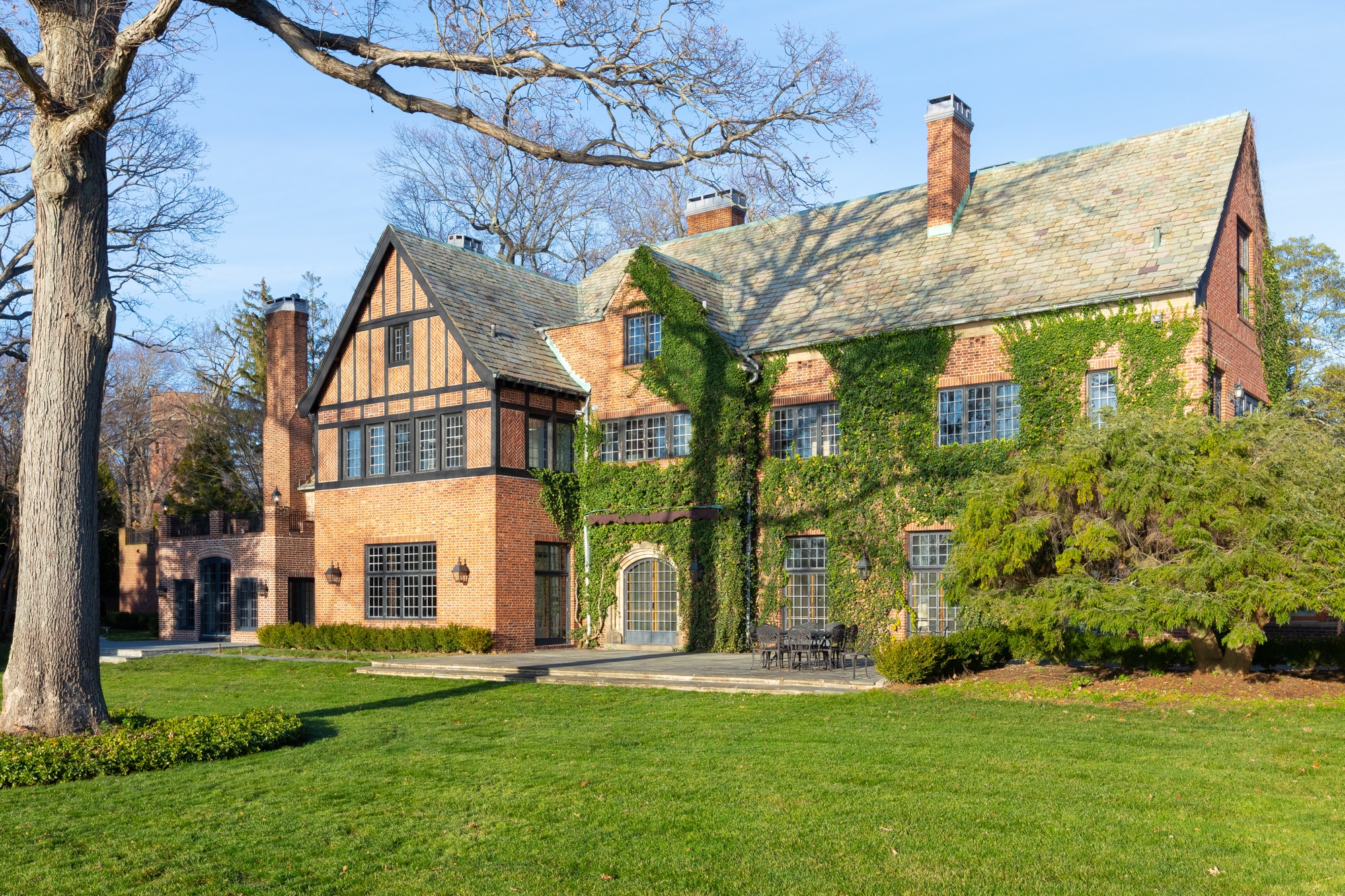
Introduction:
The Prebendal: A Historic Home and Robin Gibb’s Enduring Legacy
Nestled in the tranquil village of Thame, Oxfordshire, the Prebendal House is a remarkable testament to England’s rich cultural and historical tapestry. Though now widely recognized as the longtime residence of Robin Gibb—one-third of the legendary Bee Gees—this thousand-year-old estate is far more than a celebrity home. It is a living monument to centuries of ecclesiastical influence, royal drama, and artistic inspiration.
Originally constructed in the 12th century, the Prebendal was built to house the prebendary of the Bishop of Lincoln. Its name comes from the Latin prebenda, meaning “things to be supplied,” referring to the income and property granted to clergymen. Over the centuries, the estate developed into a monastic complex, eventually playing host to significant historical events.
One such event occurred in 1431, when records suggest the fate of Joan of Arc was discussed on these very grounds. Later, in 1533, the estate welcomed King Henry VIII and Anne Boleyn, entwining the Prebendal with the dramatic narrative of the English monarchy. Though it would eventually fall into disrepair, it was brought back to life in 1836 by local businessman Charles Stone.
The house’s modern chapter began in 1983, when Robin and Dwina Gibb discovered the Prebendal in Country Life magazine. Enchanted by its grandeur and mystique, they saw it not just as a home, but as a sanctuary. The estate comprises a chapel, gatehouse, main residence, and lush gardens—including Robin’s favorite, lovingly dubbed the “Alice in Wonderland Garden,” a personal space for reflection and creativity.
Inside, the Prebendal was meticulously restored by Stuart Interiors, the same team behind parts of Windsor Castle. Its medieval soul remains intact, with oak-paneled rooms and ancient stone details. More than a home, it became a haven of creativity where Robin composed some of his later works, including the poignant Titanic Requiem, written with his son RJ and recorded shortly before his passing in 2012.
Adding to its mystique are countless stories of ghostly apparitions and unexplained phenomena—fitting for a residence that has stood through centuries of spiritual and political unrest.
Today, the Prebendal remains in the Gibb family. RJ lives in the lodge, and Dwina still resides in the main house. Though estimated to be worth around $10 million, the estate is not simply a valuable property—it is a cherished symbol of history, family, and artistic legacy.
As fans around the world continue to honor Robin Gibb’s enduring contributions to music, some have wondered whether the Prebendal might one day become a Bee Gees museum. Its blend of historic gravitas and musical significance makes it an ideal candidate.
Until that time, the Prebendal stands as it always has—quietly dignified, steeped in history, and forever tied to the legacy of one of music’s most cherished voices.